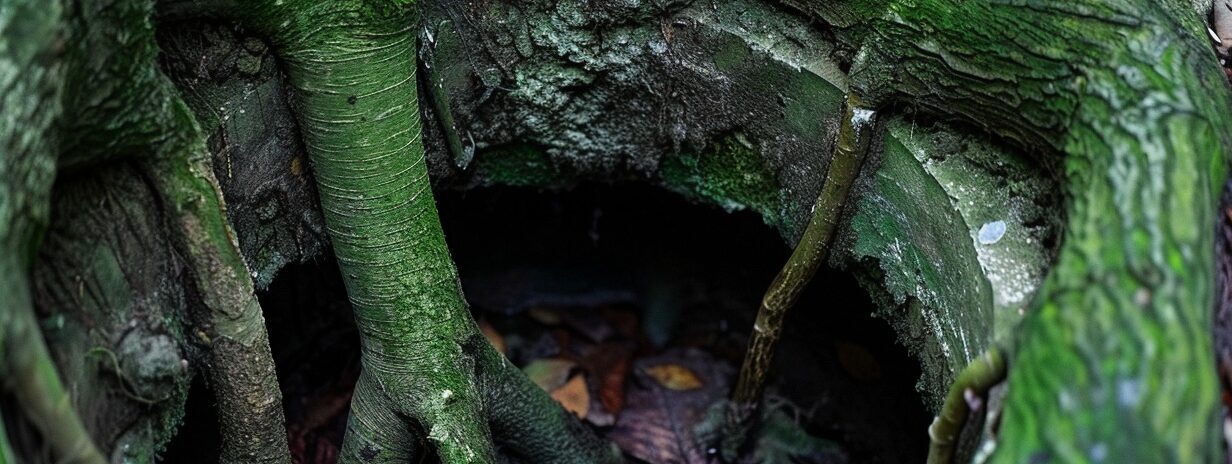Tree roots are a common cause of sewer damage, often leading to clogs, backups, and expensive repairs. This blog post will explore how and why tree roots infiltrate sewer pipes, the damage they cause, and what can be done to prevent and address these issues.
The Silent Invaders: Tree Roots in Sewer Lines
Tree roots are relentless in their search for water and nutrients. They send out tiny feeder roots that can infiltrate even the smallest cracks in sewer pipes. Once inside, they expand and grow, creating significant damage over time. This process is slow but steady, often going unnoticed until a severe problem arises.
How Do Tree Roots Enter Sewer Pipes?
Sewer pipes, especially older ones made of clay, concrete, or iron, are prone to root infiltration. These pipes were originally sealed tightly, but over time, the seals can degrade. When this happens, tiny roots find their way into the pipes, attracted by the moisture and nutrients inside. As these roots grow, they can cause the following problems:
- Breaking Seals and Joints: Roots can penetrate the joints and seals of sewer pipes, causing them to break apart and allowing more roots to enter.
- Increasing Pipe Pressure: As roots grow larger, they exert pressure on the pipe walls, leading to cracks and breaks.
- Creating Blockages: Roots inside the pipes can catch debris, such as toilet paper and other waste, leading to blockages and backups.
The Damage Caused by Tree Roots
The damage caused by tree roots in sewer pipes can be extensive:
- Pipe Displacement: Roots can push pipes out of place, leading to misalignment and further infiltration of soil and debris.
- Sewage Leaks: Cracks and breaks in the pipes can cause sewage to leak into the surrounding soil, leading to environmental contamination and soil erosion.
- Complete Blockages: Over time, the accumulation of roots and debris can completely block the pipe, causing sewage to back up into homes and yards.
Modern Solutions to Tree Root Problems
There are several modern solutions to address and prevent tree root problems in sewer lines:
- Mechanical Root Cutting: Tools like the Roto-Rooter sewer cleaning machine use spinning blades to cut away roots inside the pipes. This method is effective for young roots but may not be sufficient for more mature root systems.
- Chemical Root Killers: Products like copper sulfate can be flushed down the sewer line to kill roots inside the pipes. This method can be used in conjunction with mechanical cutting for more comprehensive root control.
- Video Inspections: Plumbers can use video cameras to inspect the inside of sewer pipes, identifying root intrusions and assessing the extent of the damage.
- Trenchless Sewer Replacement: For severely damaged pipes, trenchless methods can be used to replace the sewer line without extensive digging. This involves inserting a new, durable pipe inside the old one, which is resistant to root infiltration.
Preventing Future Root Infiltration
Regular maintenance and proactive measures can help prevent future root problems:
- Regular Inspections: Schedule regular sewer line inspections to catch root problems early.
- Routine Cleanings: Annual cleanings can help keep pipes clear of roots and other debris.
- Pipe Replacement: Consider replacing old clay or concrete pipes with modern plastic pipes that are more resistant to root infiltration.
- Root Barriers: Installing root barriers between trees and sewer lines can help prevent roots from reaching the pipes.
Conclusion
Tree roots can cause significant damage to sewer pipes, leading to costly repairs and environmental issues. Understanding how roots infiltrate pipes and taking proactive measures can help prevent these problems. Regular maintenance, inspections, and modern solutions like trenchless sewer replacement can ensure your sewer system remains in good working condition while preserving the health and beauty of your trees. If you suspect root intrusion in your sewer line, contact a professional plumber to assess and address the issue promptly.

